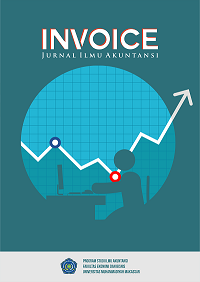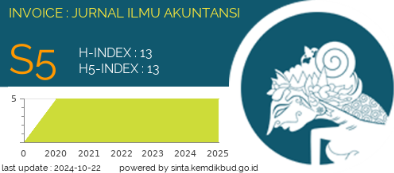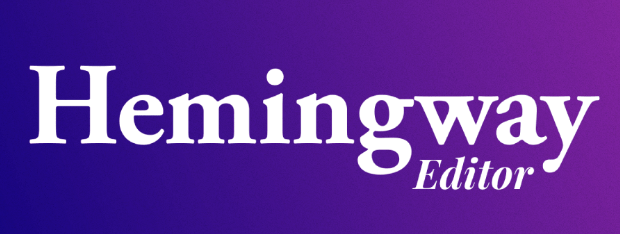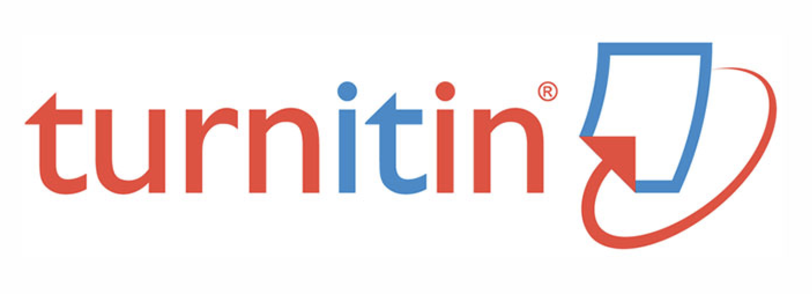Comparison Of BRI Bank Portfolio Performance With BSI In Investment Decisions For Investors (2021)
Abstract
This study sets out to comprehensively analyze the viability of investing in Islamic banks as a sound financial decision and to evaluate their competitiveness in comparison to conventional bank portfolios. To achieve this objective, the research encompasses a diverse set of financial instruments and performance metrics. The research sample primarily revolves around the stock prices of two prominent banks in Indonesia, namely BRI (Bank Rakyat Indonesia) and BSI (Bank Syariah Indonesia), during the year 2021. In addition to these, the IHSG (Indonesia Stock Exchange Composite Index) serves as the market return indicator for BRI's portfolio. Furthermore, the benchmark interest rate from Indonesia is utilized as the risk-free rate (Rf) in the calculations. For BSI's portfolio, SBIS (Syariah Benchmark Indonesia) is employed as an alternative to Rf, and JII (Jakarta Islamic Index) is designated as the market return indicator. The assessment of the portfolio performance is conducted using three key index formulas: the Treynor index, the Sharpe index, and the Beta Jensen index. Importantly, the research findings reveal that BSI demonstrates superior performance compared to BRI when assessed using these three index formulas. This evaluation was conducted using the Security Characteristic Line (SCL) and the Security Characteristic Adjustment Performance Model (SCAPM) method, as opposed to BRI's portfolio evaluation using the more conventional CAPM (Capital Asset Pricing Model) formula. These results suggest that investing in Islamic banks, represented by BSI in this study, can indeed yield favorable outcomes, highlighting their potential as a competitive and promising investment option in the financial landscape.References
Adistyaningrum, WD, Dwiyanti, YH, & Chandra, YA (2018). Sharia Compliant Asset Pricing Model for Portfolio Efficiency. UNEJ E-Proceedings , 434–441.
Badriatin, T., Rinandiyana, LR, & Marino, WS (2022). Risk Perception and Risk Tolerance Attitudes towards Student Investment Decisions. Journal of Perspectives , 20 (2), 158–163. https://doi.org/10.31294/jp.v20i2.13596
Cahyadi, AKAH and IF (2020). Analysis of the Performance of Sharia Stock Mutual Funds in the Indonesian Capital Market Using the Sharpe, Treynor, and Jensen Methods for the 2017-2018 Period. MALIA: Journal of Islamic Banking and Finance , 2 (3), 95.
Dwi Susilowati, Juwari Juwari, and CN (2020). Stock Portfolio Performance Analysis Using the Sharpe, Treynor and Jensen Index Methods on the Sri-Kehati Index Stock Group on the Indonesian Stock Exchange. Journal of GeoEconomics , 1 (11), 39–122.
Maf'ula, Zuhrotul, Siti Ragil Handayani, and ZZ . (2018). Optimal Portfolio Using the Markowitz Model as a Basis for Investment Decisions (Study of Companies Included in the 2014 LQ-45 Index). Journal of Business Administration , 1 (63), 1–7.
Marimin, Agus, and AHR (2017). Development of Sharia Banks in Indonesia. Scientific Journal of Islamic Economics , 2 (1), 75–87.
Maula Nasrifah. (2019). Sukuk (Sharia Bonds) in Islamic Finance Perspective. Ash-Shari'ah: Journal of Islamic Law , 5 (2), 165–179. https://doi.org/10.36835/assyariah.v5i2.120
Muhammad Firliansyah Alqiha, Galuh Lindra, and LI (2021). Optimal Portfolio Analysis Using the CAPM Model on Jakarta Islamic Index (JII) Sharia Shares 2017-2020 . 1.1 , 1–14.
Nisa Lidya Muliawati, TM (2015). Analysis of the Effect of Inflation, Exchange Rates, Interest Rates and Profit Sharing on Deposits at PT. Bank Syariah Mandiri 2007-2012. National Scholars Seminar , 7 , 735–745.
Noptriyani, I., Ahmadsyah, I., & Aufa, S. (2020). Factors That Are Barriers for Students in Owning Investments (Case Study of Students at the Faculty of Economics and Islamic Business, Ar-Raniry State Islamic University). JIHBIZ : Global Journal of Islamic Banking and Finance. , 2 (1), 82. https://doi.org/10.22373/jihbiz.v2i1.8580
Pardede, SS and HD (2020). Financial Performance Analysis of Pt Bank Rakyat Indonesia (Persero), Tbk. Journal of Economics and Business (EK&BI , 2 (3), 23–313.
Pardosi, B., & Wijayanto, A. (2015). ANALYSIS OF THE DIFFERENCES IN RETURNS AND RISK OF OPTIMAL PORTFOLIO SHARES AND NOT OPTIMAL PORTFOLIO. Management Analysis Journal , 4 (1), 1–9. http://journal.unnes.ac.id/sju/index.php/maj
Wahyu, HR (2013). Opportunities and Challenges for Property Investment in Indonesia. Journal of Chemical Information and Modeling , 53 (9), 1–17.
Wicaksono, JW (2018). Classification of Sharia Shares Based on Investor Type in the Jakarta Islamic Index (JII). Dinar: Journal of Sharia Economics Study Program , 1 (2), 77. http://e-jurnal.stail.ac.id/index.php/dinar/article/view/126
Wijayanto, BP and A. (2019). ANALYSIS OF THE DIFFERENCES IN RETURNS AND RISK OF OPTIMAL PORTFOLIO SHARES AND NOT OPTIMAL PORTFOLIO. Management Analysis Journal , 1 (4), 1–9.
Yusup, R., Nizaar, WN, Mariah, Y., & Djuanda, G. (2023). PORTFOLIO PERFORMANCE USING THE JENSEN INDEX IN THE SERVICE INDUSTRY IN THE PANDEMIC PERIOD (Gustian Djuanda (ed.); first, p. 13). Throne media group.
Downloads
Published
Issue
Section
License
Authors who publish with Invoice: Jurnal Ilmu Akuntansi agree to the following terms:
-
Copyright Ownership
The copyright of all articles published in this journal remains with the author(s). However, the authors grant Invoice: Jurnal Ilmu Akuntansi the right of first publication with the work simultaneously licensed under a Creative Commons Attribution 4.0 International License (CC BY 4.0). This license allows others to share, copy, redistribute, adapt, and build upon the work for any purpose, even commercially, as long as proper credit is given to the original author(s) and the source. -
Licensing and Access
Invoice: Jurnal Ilmu Akuntansi provides immediate open access to its content on the principle that making research freely available to the public supports a greater global exchange of knowledge. All published materials are available freely without subscription or payment and can be accessed, downloaded, and reused by any user provided that appropriate attribution is given. -
Permission for Reuse
For uses not covered by the CC BY 4.0 license, such as commercial reprints, translations, or any form of adaptation without clear attribution, users must obtain written permission from the editorial team. Requests for such permissions can be directed to the editorial office at: [invoice@unismuh.ac.id]. -
Plagiarism and Originality
Authors are responsible for the originality of their submissions. All articles are screened for plagiarism using appropriate tools before acceptance. Manuscripts found to contain unoriginal content or infringing materials will be rejected or retracted as per journal policy.














